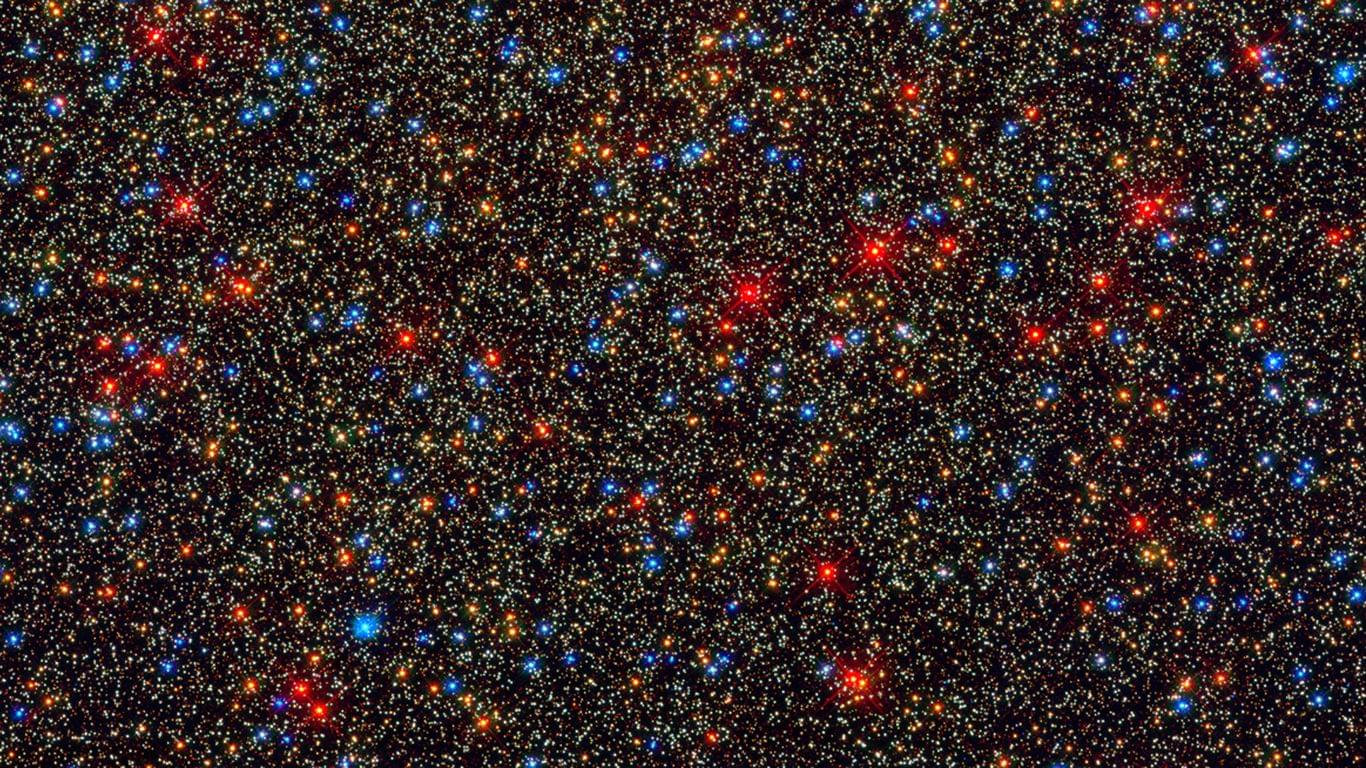Genome editing has advanced at a rapid pace with promising results for treating genetic conditions-but there is always room for improvement. A new paper by investigators from Mass General Brigham published in Nature showcases the power of scalable protein engineering combined with machine learning to boost progress in the field of gene and cell therapy. In their study, authors developed a machine learning algorithm-known as PAMmla-that can predict the properties of about 64 million genome editing enzymes. The work could help reduce off-target effects and improve editing safety, enhance editing efficiency, and enable researchers to predict customized enzymes for new therapeutic targets. Their results are published in Nature.
“Our study is a first step in dramatically expanding our repertoire of effective and safe CRISPR-Cas9 enzymes. In our manuscript we demonstrate the utility of these PAMmla-predicted enzymes to precisely edit disease-causing sequences in primary human cells and in mice,” said corresponding author Ben Kleinstiver, PhD, Kayden-Lambert MGH Research Scholar associate investigator at Massachusetts General Hospital (MGH), a founding member of the Mass General Brigham healthcare system. “Building on these findings, we are excited to have these tools utilized by the community and also apply this framework to other properties and enzymes in the genome editing repertoire.”
CRISPR-Cas9 enzymes can be used to edit genes at locations throughout the genomes, but there are limitations to this technology. Traditional CRISPR-Cas9 enzymes can have off-target effects, cleaving or otherwise modifying DNA at unintended sites in the genome. The newly published study aims to improve this by using machine learning to better predict and tailor enzymes to hit their targets with greater specificity. The approach also offers a scalable solution-other attempts at engineering enzymes have had a lower throughput and typically yielded orders of magnitude fewer enzymes.




